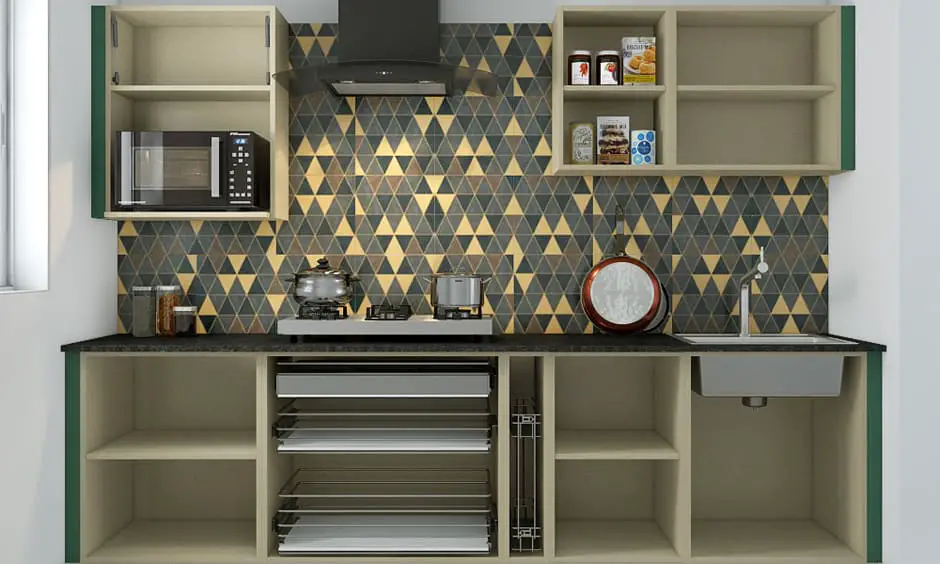When it comes to small kitchen design, choosing the right color scheme is not just about style—it’s about creating an illusion of space and light. Colors have the power to transform a cramped kitchen into a cozy, inviting space. Whether you’re planning a remodel or simply giving your kitchen a quick refresh, understanding how to select the right color palette is essential.
Understanding Color Dynamics in Small Kitchens
Before diving into specific color schemes, it’s important to understand the basics of color dynamics. Light colors, for instance, are famous for making spaces appear larger and brighter. On the other hand, dark colors, while stylish, can make a small space feel even smaller unless used strategically.
1. Opt for Light and Bright
The simplest way to enhance the spaciousness of a small kitchen is by using light colors. Whites, creams, light grays, and pastels can reflect natural and artificial light, making the space feel airier and larger. For a clean and timeless look, consider shades like ivory or light taupe, which also offer warmth without overwhelming the senses.
2. Incorporate Contrast with Care
While light colors are generally recommended, incorporating contrast intelligently can add depth and interest to your kitchen. Consider darker shades for cabinetry or an accent wall if balanced well with lighter tones. For example, navy blue cabinets can look stunning against a white marble countertop and backsplash.
3. Use Saturation to Your Advantage
Utilizing saturated colors can bring energy and vibrancy to a small kitchen without overwhelming it. Think about adding pops of color through accessories like vases, kitchen appliances, or chairs. Colors like deep red, emerald green, or even sunny yellow can invigorate your kitchen space while maintaining a balanced palette.
4. Embrace the Power of Neutrals
Neutral colors are not just safe choices; they’re incredibly versatile. Shades like beige, gray, and earth tones can serve as a foundation for layering different textures or introducing bold color accents. Moreover, neutrals can help maintain a sense of continuity when your kitchen opens up to other areas of your home, creating a seamless look.
5. Consider the Psychological Impact
Colors influence how we feel—an important consideration for any space, especially a kitchen. For instance, blue is often seen as calming and serene, making it a suitable choice for a place where you start your day. Green, known for its restorative qualities, can create a sense of balance and harmony.
6. Play with Patterns and Textures
Sometimes, the best way to introduce color is through patterns and textures rather than solid blocks. Striped or geometric wallpaper, colorful backsplashes with unique tile shapes, and wooden textures can all add visual interest without clutter. These elements can divert attention from the size of the space to the style and sophistication of your design.
7. Reflective Surfaces and Metallic Hues
Incorporating reflective surfaces such as glossy countertops, metallic fixtures, and mirrored backsplashes can effectively multiply the light within a small kitchen, making the area feel more expansive. Metallic hues, including gold, silver, and bronze, can add a touch of luxury and sophistication while also enhancing the overall light distribution.
8. Don’t Overlook the Ceiling
The ceiling is often an ignored surface in many kitchens. Light colors on the ceiling can open up the space vertically, but if you’re feeling adventurous, a bold color or wallpaper can draw the eye upwards, making the kitchen feel taller and more spacious.
Conclusion
Choosing the right color scheme for your small kitchen involves more than just picking your favorite color. It requires a strategic approach that considers the size of the space, the amount of natural light, and the desired atmosphere. By employing these color strategies, you can create a visually appealing and functional kitchen that exceeds expectations.


